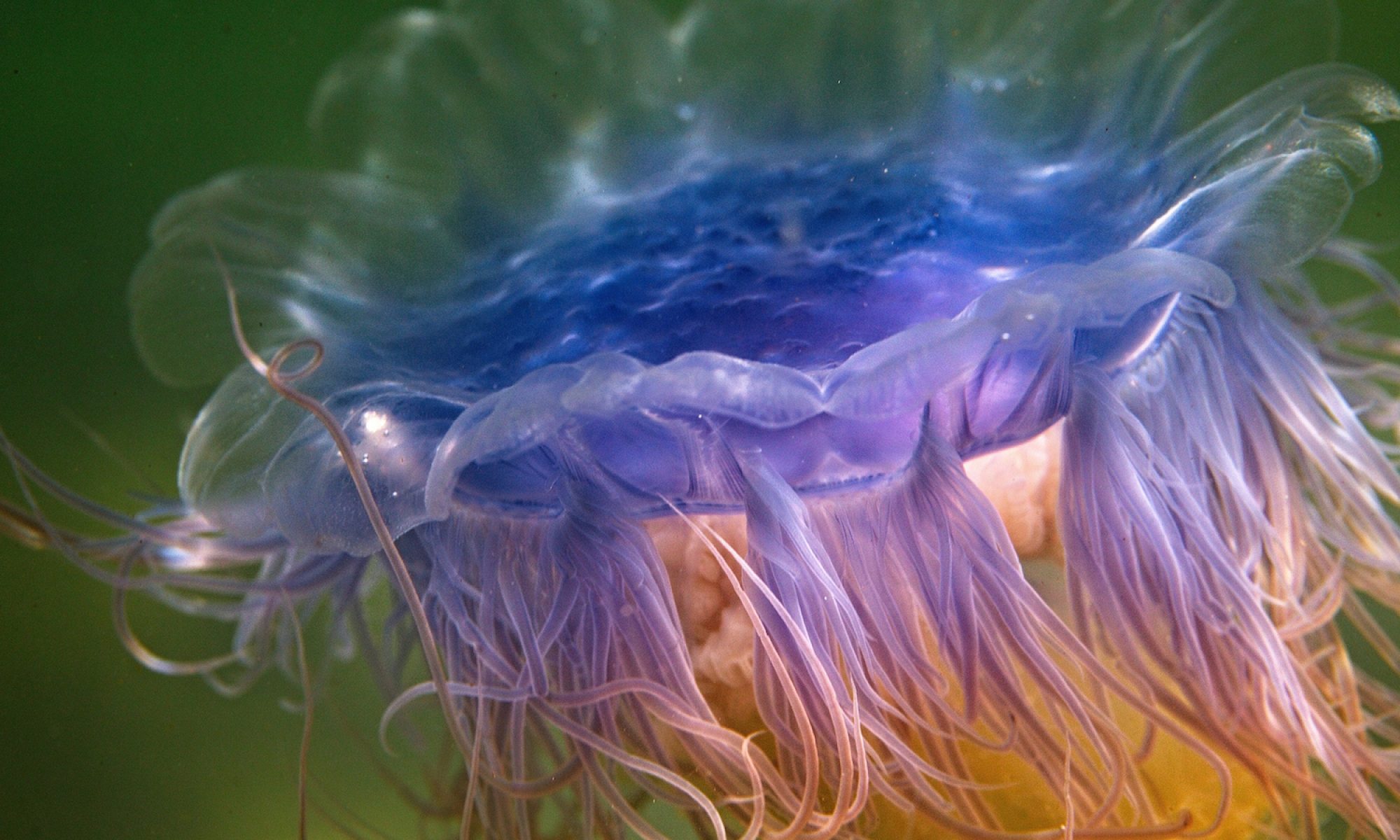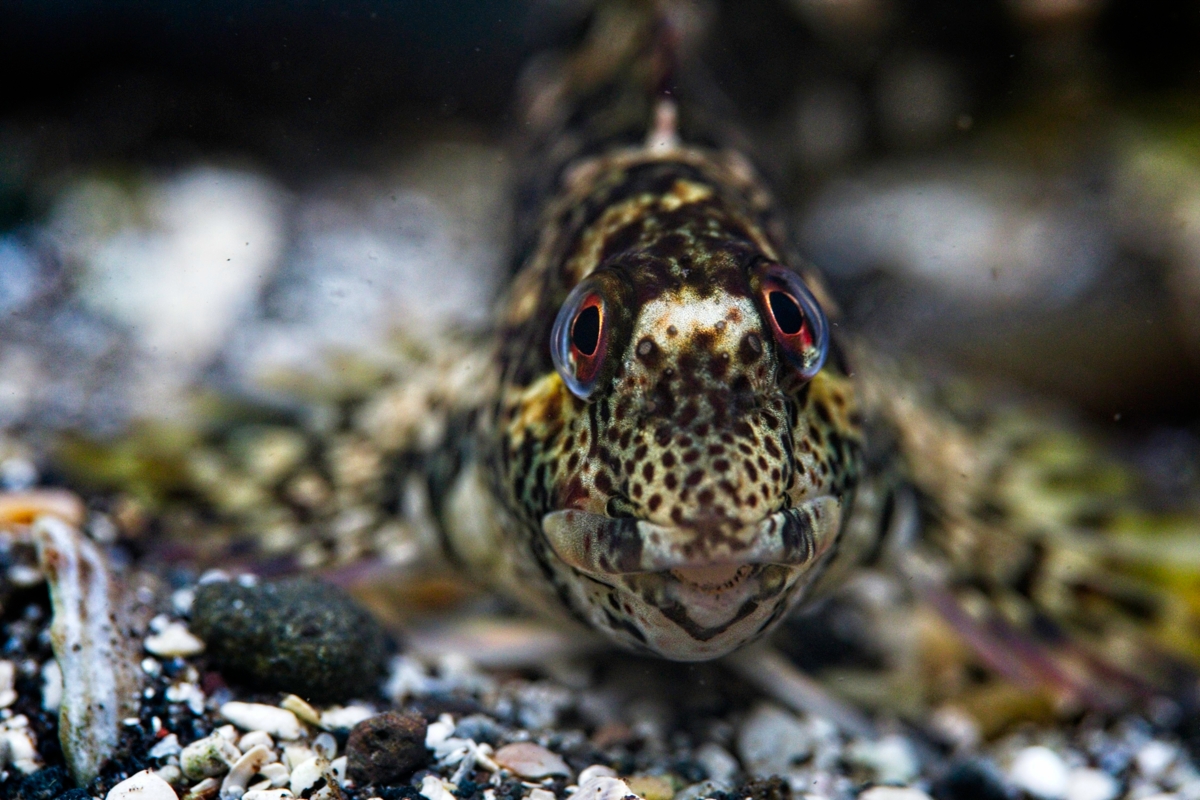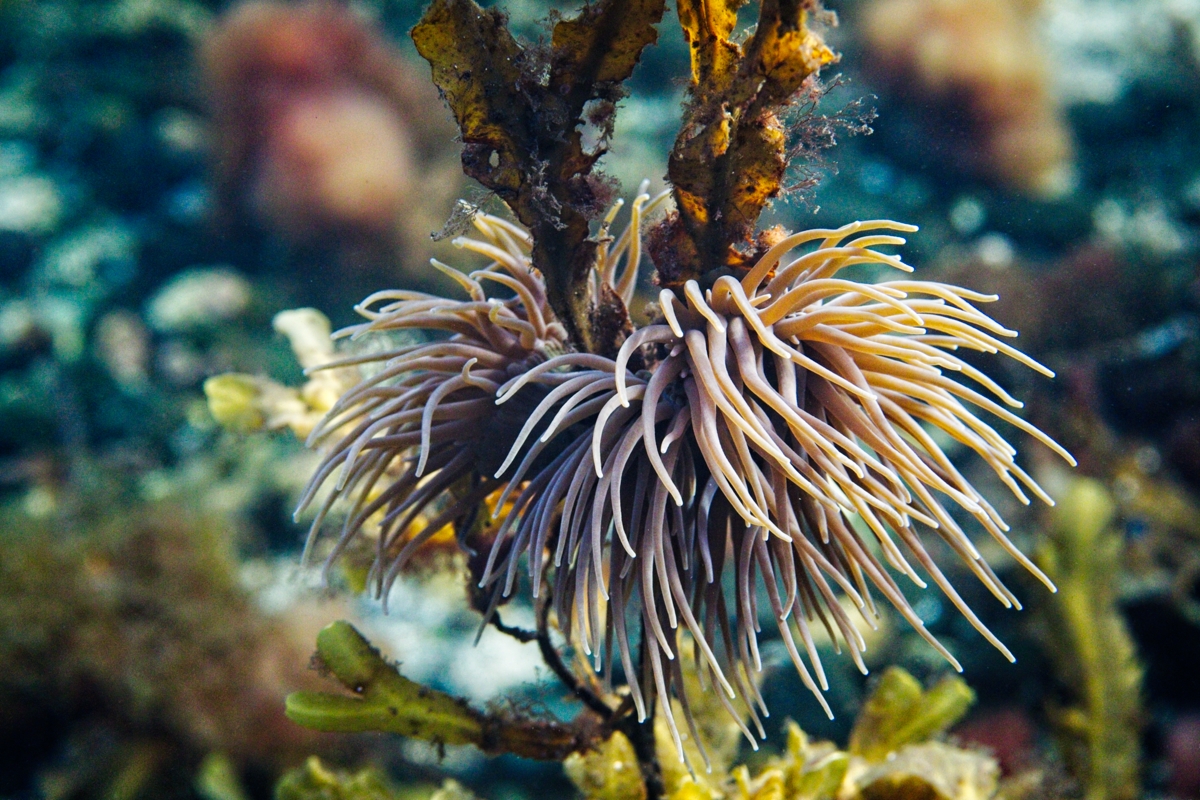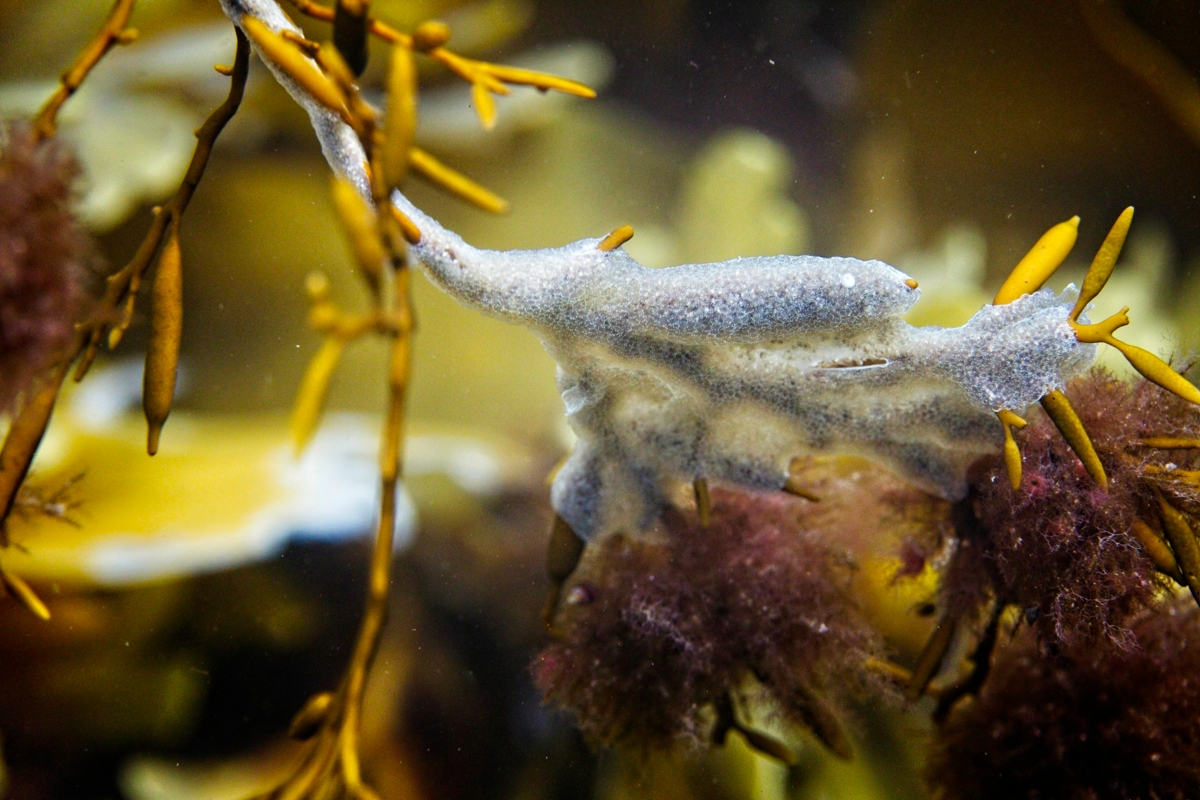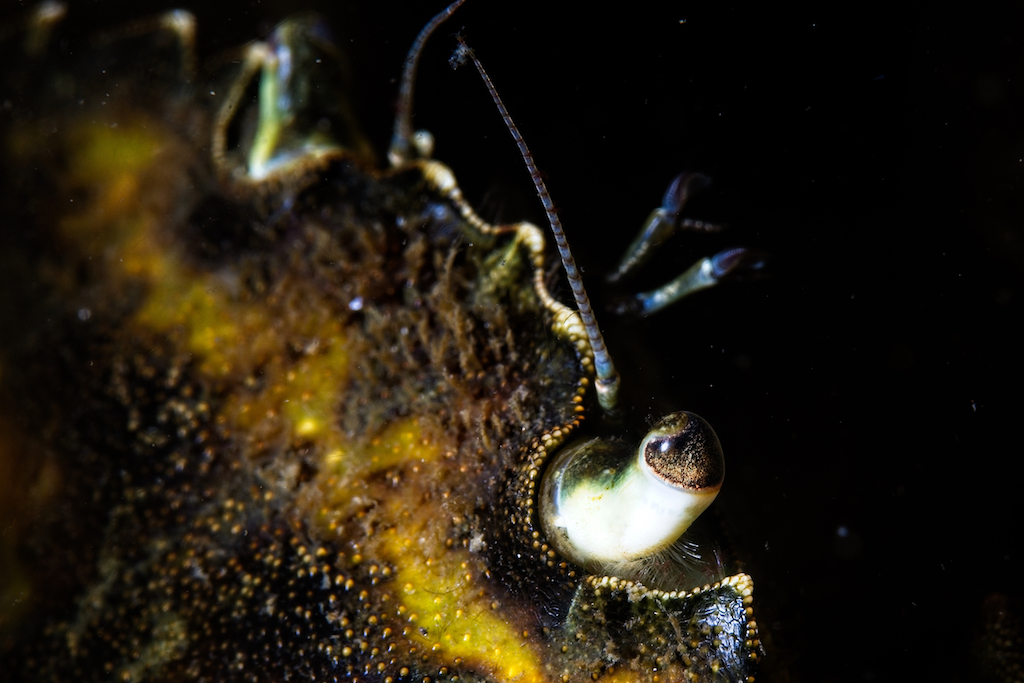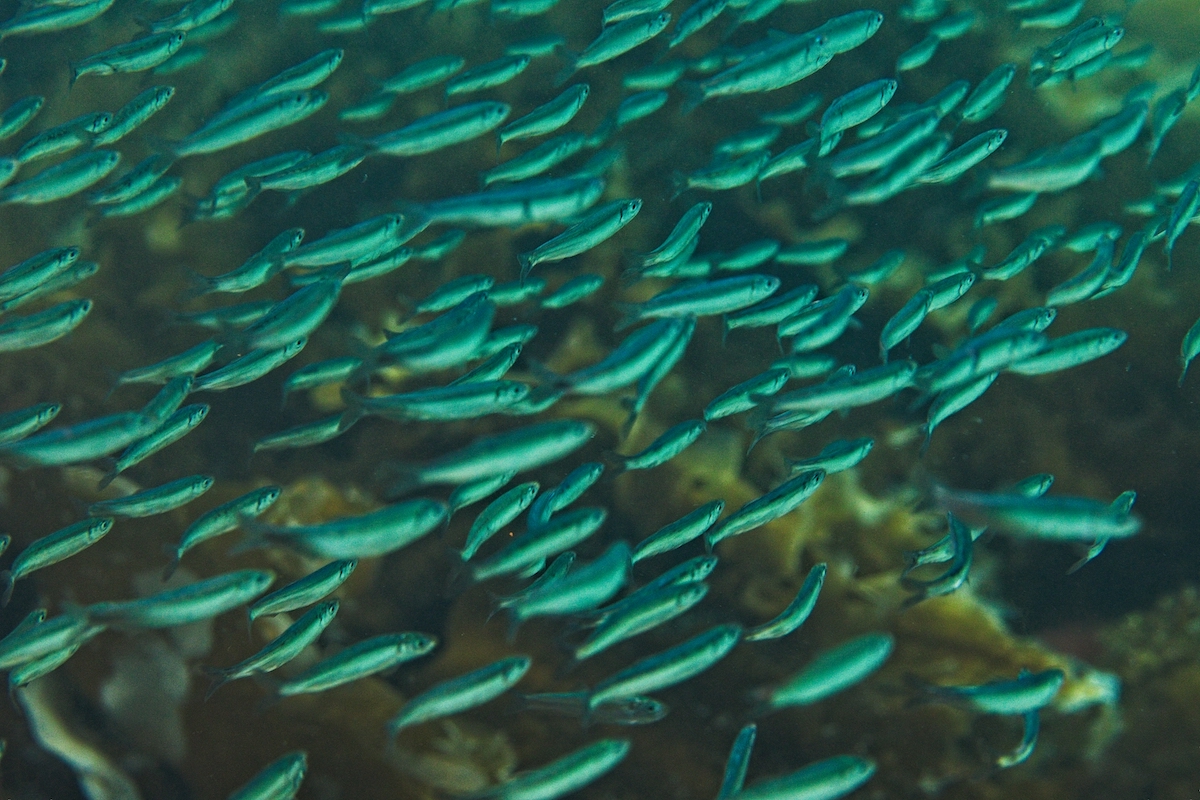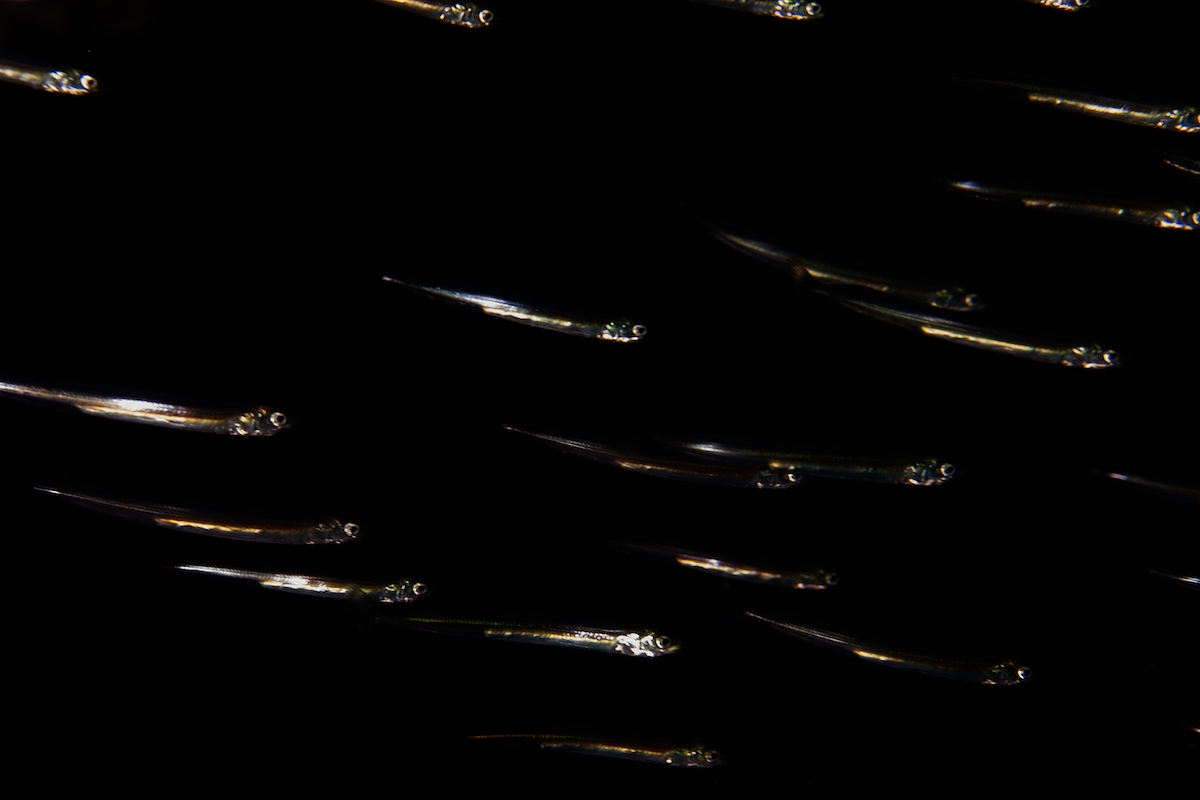A trip to the Isle of Skye's West coast and a new dive site for Below the Skye Line Project. Camus Ban is a sheltered natural harbour near Harlosh and Loch Bracadale. Being on the West side of the island there are often big swells running when you venture away from the natural shelter close to shore. It has long been a popular area with sea kayak enthusiasts who enjoy the challenge the West coast brings along with some great stacks and sea cliffs including wonderful sea arches near Idrigill Point. This first dive also showed that it has great potential for underwater photography with a wide variety of plant and marine life, including the shanny (above) having a face off with the camera. There will be more images when they have all been processed.
And if the lure of the water is not enough to entice you to this part of the island it is also home to the famous Isle of Skye Fudge Company!
